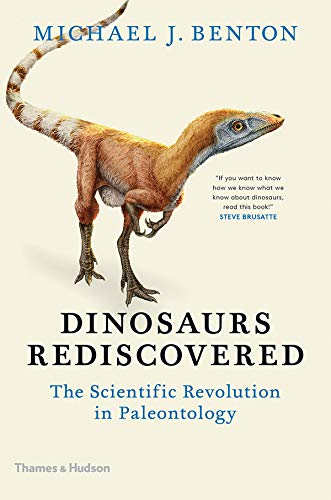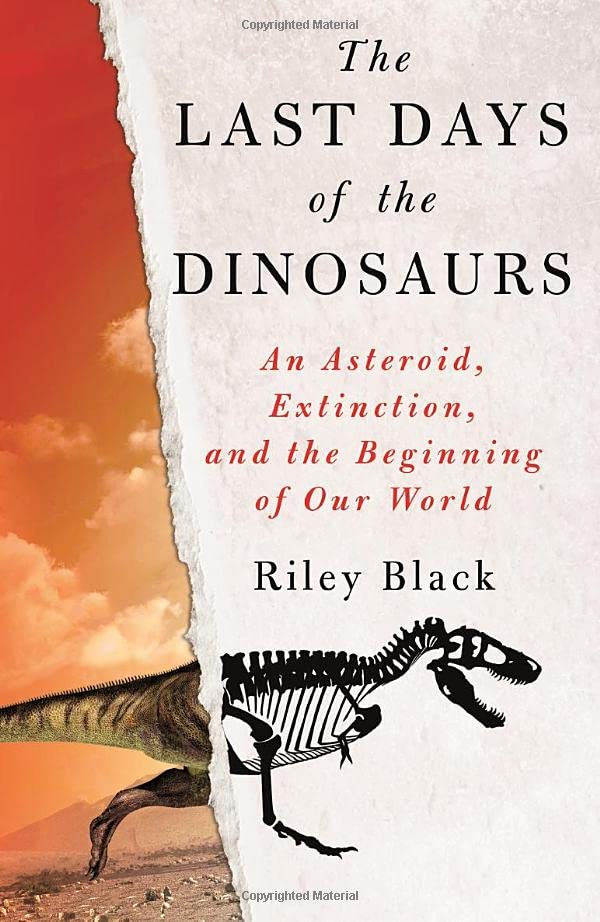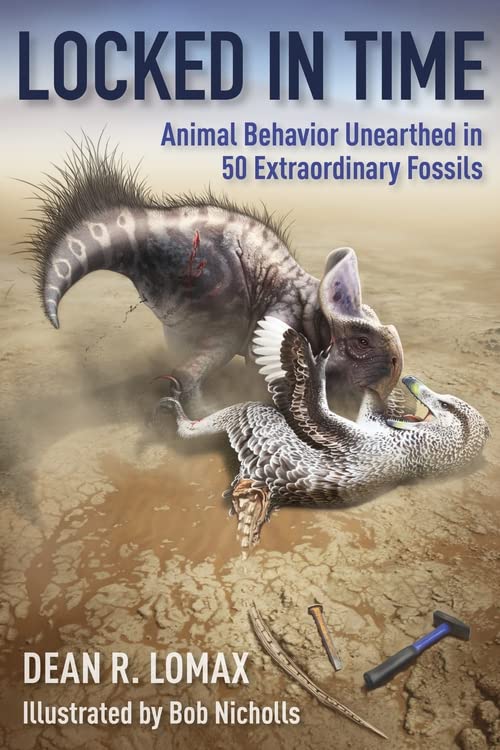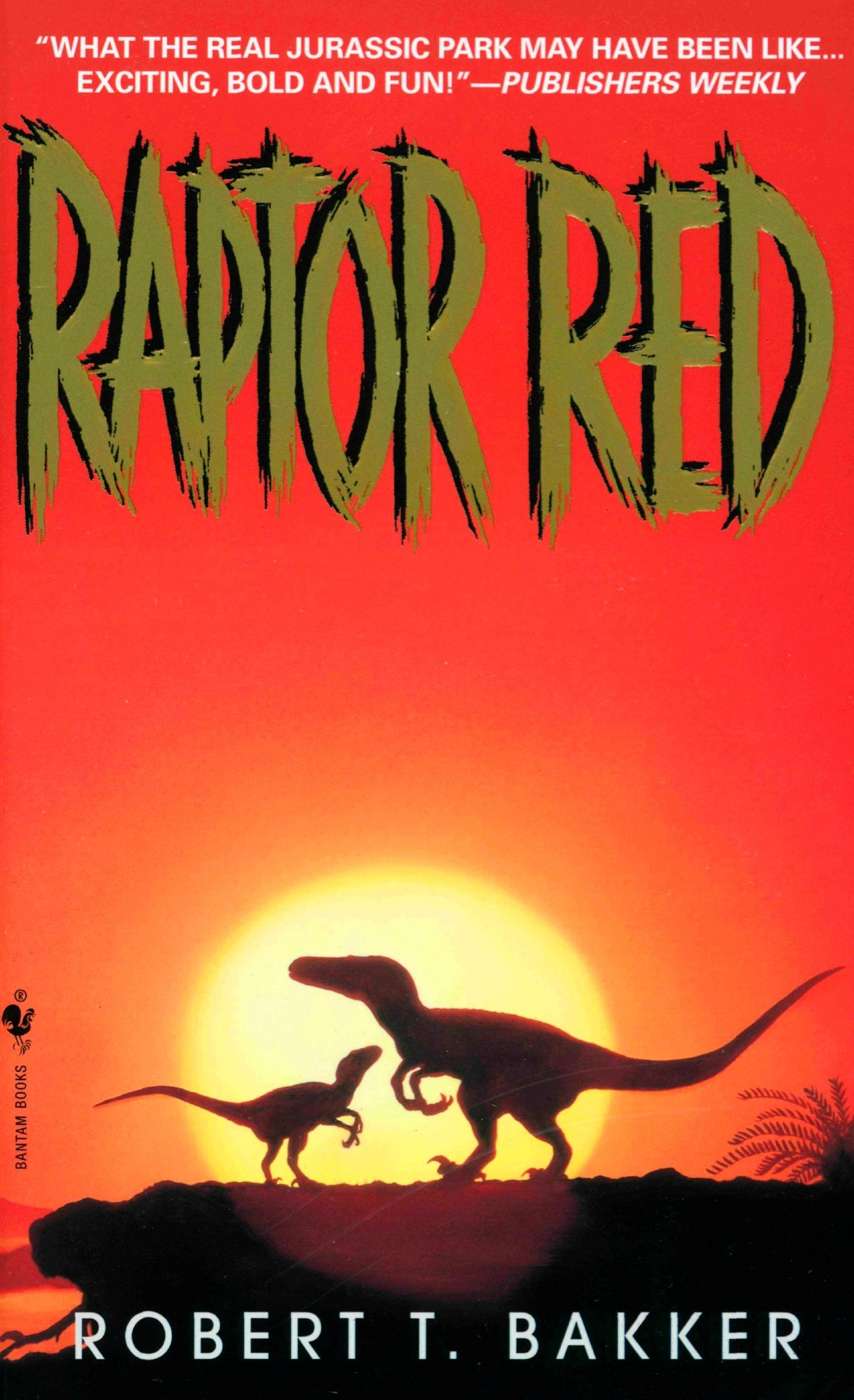Dinosaurs Rediscovered: The Scientific Revolution in Paleontology
In this fascinating and accessible overview, renowned paleontologist Michael J. Benton reveals how our understanding of dinosaurs is being transformed by recent fossil finds and new technology. Over the past twenty years, the study of dinosaurs has transformed into a true scientific discipline. New technologies have revealed secrets locked in prehistoric bones that no one could have previously predicted. We can now work out the color of dinosaurs, the force of their bite, their top speeds, and even how they cared for their young. Remarkable new fossil discoveries―giant sauropod dinosaur skeletons in Patagonia, dinosaurs with feathers in China, and a tiny dinosaur tail in Burmese amber―remain the lifeblood of modern paleobiology.
Thanks to advances in technologies and methods, however, there has been a recent revolution in the scope of new information gleaned from such fossil finds. In Dinosaurs Rediscovered, leading paleontologist Michael J. Benton gathers together all of the latest paleontological evidence, tracing the transformation of dinosaur study from its roots in antiquated natural history to an indisputably scientific field. Among other things, this book explores how dinosaur remains are found and excavated, and how paleontologists read the details of dinosaurs’ lives from their fossils―their colors, their growth, and even whether we will ever be able to bring them back to life. Benton’s account shows that, though extinct, dinosaurs are still very much a part of our world.


The Last Days of the Dinosaurs: An Asteroid, Extinction, and the Beginning of Our World
In The Last Days of the Dinosaurs, Riley Black walks readers through what happened in the days, the years, the centuries, and the million years after the impact, tracking the sweeping disruptions that overtook this one spot, and imagining what might have been happening elsewhere on the globe. Life’s losses were sharp and deeply-felt, but the hope carried by the beings that survived sets the stage for the world as we know it now. Picture yourself in the Cretaceous period. It’s a sunny afternoon in the Hell Creek of ancient Montana 66 million years ago. A Triceratops horridus ambles along the edge of the forest. In a matter of hours, everything here will be wiped away. Lush verdure will be replaced with fire.
Tyrannosaurus rex will be toppled from their throne, along with every other species of non-avian dinosaur no matter their size, diet, or disposition. They just don’t know it yet. The cause of this disaster was identified decades ago. An asteroid some seven miles across slammed into the Earth, leaving a geologic wound over 50 miles in diameter. In the terrible mass extinction that followed, more than half of known species vanished seemingly overnight. But this worst single day in the history of life on Earth was as critical for us as it was for the dinosaurs, as it allowed for evolutionary opportunities that were closed for the previous 100 million years.
The Rise and Fall of the Dinosaurs: A New History of Their Lost World
The dinosaurs. Sixty-six million years ago, the Earth’s most fearsome creatures vanished. Today they remain one of our planet’s great mysteries. Now The Rise and Fall of the Dinosaurs reveals their extraordinary, 200-million-year-long story as never before. In this captivating narrative (enlivened with more than seventy original illustrations and photographs), Steve Brusatte, a young American paleontologist who has emerged as one of the foremost stars of the field—naming fifteen new species and leading groundbreaking scientific studies and fieldwork—masterfully tells the complete, surprising, and new history of the dinosaurs, drawing on cutting-edge science to dramatically bring to life their lost world and illuminate their enigmatic origins, spectacular flourishing, astonishing diversity, cataclysmic extinction, and startling living legacy.
Captivating and revelatory, The Rise and Fall of the Dinosaurs is a book for the ages. Brusatte traces the evolution of dinosaurs from their inauspicious start as small shadow dwellers—themselves the beneficiaries of a mass extinction caused by volcanic eruptions at the beginning of the Triassic period—into the dominant array of species every wide-eyed child memorizes today, T. rex, Triceratops, Brontosaurus, and more. This gifted scientist and writer re-creates the dinosaurs’ peak during the Jurassic and Cretaceous, when thousands of species thrived, and winged and feathered dinosaurs, the prehistoric ancestors of modern birds, emerged. The story continues to the end of the Cretaceous period, when a giant asteroid or comet struck the planet and nearly every dinosaur species (but not all) died out, in the most extraordinary extinction event in earth’s history, one full of lessons for today as we confront a “sixth extinction.”


Locked in Time: Animal Behavior Unearthed in 50 Extraordinary Fossils
Fossils allow us to picture the forms of life that inhabited the earth eons ago. But we long to know more: how did these animals actually behave? We are fascinated by the daily lives of our fellow creatures―how they reproduce and raise their young, how they hunt their prey or elude their predators, and more. What would it be like to see prehistoric animals as they lived and breathed? From dinosaurs fighting to their deaths to elephant-sized burrowing ground sloths, this book takes readers on a global journey deep into the earth’s past. Locked in Time showcases fifty of the most astonishing fossils ever found, brought together in five fascinating chapters that offer an unprecedented glimpse at the real-life behaviors of prehistoric animals.
Dean R. Lomax examines the extraordinary direct evidence of fossils captured in the midst of everyday action, such as dinosaurs sitting on their eggs like birds, Jurassic flies preserved while mating, a T. rex infected by parasites. Each fossil, he reveals, tells a unique story about prehistoric life. Many recall behaviors typical of animals familiar to us today, evoking the chain of evolution that links all living things to their distant ancestors. Locked in Time allows us to see that fossils are not just inanimate objects: they can record the life stories of creatures as fully alive as any today. Striking and scientifically rigorous illustrations by renowned paleoartist Bob Nicholls bring these breathtaking moments to life.
Raptor Red: A Novel
Raptor Red is a 1995 American novel by paleontologist Robert T. Bakker. The book is a third-person account of dinosaurs during the Cretaceous Period, told from the point of view of Raptor Red, a female Utahraptor. Raptor Red features many of Bakker's theories regarding dinosaurs' social habits, intelligence, and the world in which they lived. The book follows a year in Raptor Red's life as she loses her mate, finds her family, and struggles to survive in a hostile environment. Bakker drew inspiration from Ernest Thompson Seton's works that look at life through the eyes of predators, and said that he found it enjoyable to write from a top predator's perspective.
Bakker based his portrayals of dinosaurs and other prehistoric wildlife on fossil evidence, as well as studies of modern animals. The book was released in hardcover, paperback, and audiobook formats. When released, Raptor Red was generally praised: Bakker's anthropomorphism was seen as a unique and positive aspect of the book. Criticisms of the novel included a perceived lack of characterization and average writing. Some scientists, such as paleontologist David B. Norman, took issue with the scientific theories portrayed in the novel, fearing that the public would accept them as fact, while Discovery Channel host Jay Ingram and others defended Bakker's creative decisions as provoking debate and bringing science to a wider audience.
